Top 10 User Experience Ranking Factors, Part 2 of 2
Contents
This is part two of our “top 10 ranking factors” based on user experience. On the previous page, we discussed page load speeds, whether your site is mobile friendly, how ad placements can affect your rankings, how templates that hide content with javascript can harm your rankings, and the effects of bounce rate on your positions. Now we continue with point 6 of our top 10 list.
Comments On Your Site
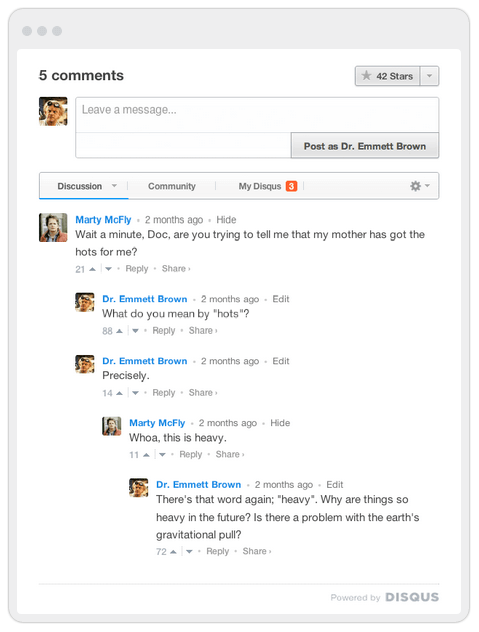 It would be hard to think of comment participation on your website as being anything other than evidence of a positive user experience. It is also a social proof, that your website actually is popular and strikes a chord with visitors enough to warrant comments. By adding comments to your site, and encouraging your visitors to participate in the discussion, you provide a positive signal to Google about the quality of your content.
It would be hard to think of comment participation on your website as being anything other than evidence of a positive user experience. It is also a social proof, that your website actually is popular and strikes a chord with visitors enough to warrant comments. By adding comments to your site, and encouraging your visitors to participate in the discussion, you provide a positive signal to Google about the quality of your content.
Comments work not only for showing evidence of a positive user experience, it also adds content to your page. Google loves to see a page that is improved over time with new, fresh content — and comments are an excellent way to provide that positive signal. By having your own moderator administrative account reply to people’s comments, you show that your users are engaged and is a positive ranking signal.
It is easy to integrate high quality comments to your site. Many top sites use Disqus for their comments. Disqus has a WordPress plugin for easy implementation. This also adds another social signal, as you will get plenty of discussion links directly from Disqus, and they show up in your webmaster tools as backlinks.
Social Engagement
Social sharing is evidence of a positive user experience. Obviously, if people are sharing your content, they enjoyed it and thought it remarkable. The goal here is not to get fake “upvotes”, as Google gives them no credit (except perhaps Google +1’s).
You’re looking for links from social profiles. These links would preferably come from those who have a strong author rank, who are popular and know by Google as being associated with your niche. Proving social engagement with quantity and quality of social media accounts is a strong positive user experience signal.
Readability
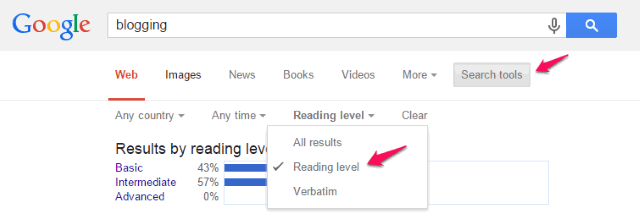 It is unknown which exact mechanism that Google uses to determine the readability of your site, but there are various algorithms such as the Flesch readability formula, that determines just how well a site’s content flows based on factors such as how many words per sentence, how many syllables are used, the total amount of sentences, and the total amount of words. Achieving a score of 90 to 100 implies that the content is easily understood by an average 11-year-old student. Scores between 60 and 70 imply understanding by 13 to 15 year old students. Meanwhile, a readability score of 0 to 30 requires a university graduate.
It is unknown which exact mechanism that Google uses to determine the readability of your site, but there are various algorithms such as the Flesch readability formula, that determines just how well a site’s content flows based on factors such as how many words per sentence, how many syllables are used, the total amount of sentences, and the total amount of words. Achieving a score of 90 to 100 implies that the content is easily understood by an average 11-year-old student. Scores between 60 and 70 imply understanding by 13 to 15 year old students. Meanwhile, a readability score of 0 to 30 requires a university graduate.
It is understandable that Google would want to send people to read content that they easily understand. Google may have come up with it’s own version of a readability test. What is important is that you write your SEO copy with easy to understand words. When given two choices, use a smaller, more understandable word that is used more commonly, instead of opting for more complex, wordy terms.
Time on Site
On the first page of this user experience article, I mentioned “bounce rate”. Time on site and bounce rate are intrinsically connected. However, whereas bounce rate would be indicative of a bad user experience, a long time spent on your site, or “dwell rate”, would indicate the opposite, that people are receiving a positive experience on your site.
Let’s talk about a few issues that may impede how long someone stays on your site. One would be your click-through ratio, and whether or not someone is getting what they bargained for. If the content of your site does not deliver the promise of content that was offered in Google’s SERPs, this could lead to a rapid leaving that would reduce the time spent on your site. Having a click-bait title that offers an amazing user experience is crucial for the success of your site, however, your site has to actually deliver that amazing content.
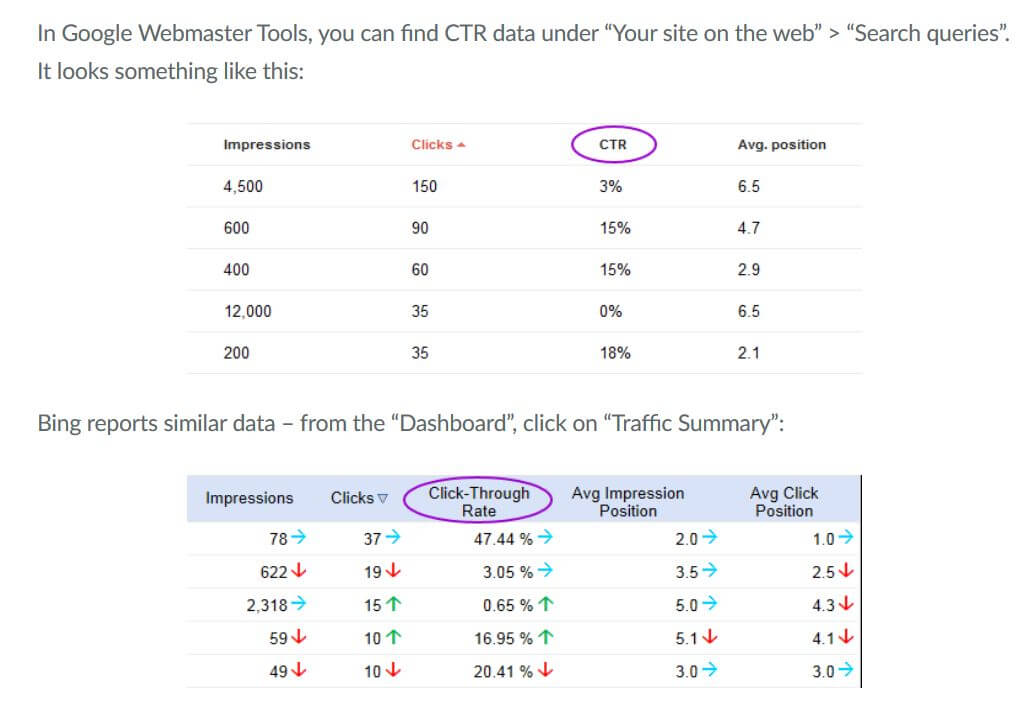
Google has been testing something interesting as of late. Moz explains that Google was allowing people to block sites that they quickly clicked “back” from. This shows that, without a doubt, Google can measure the length of time someone spends on a site, and that Google considers it a negative feature. Obviously, if Google gives someone the ability to block any site (even as a preliminary test) that they quickly clicked the back-button on, then Google considers clicking that back button a negative signal of your site’s user experience.
It is likely that Google hasn’t fully implemented this feature yet, because it can be gamed. It begs using negative SEO on companies, to destroy their rankings by visiting, instantly clicking back and then blocking all listings from that company. In fact, it reveals the fact that Google uses this metric at all explains too much about Google’s algorithm, and gives too much room for exploitation. It is highly likely that Google continues to use the quick-back button click as evidence that the experience provided to users of your site was low.
Pop-Ups and Pop-Unders
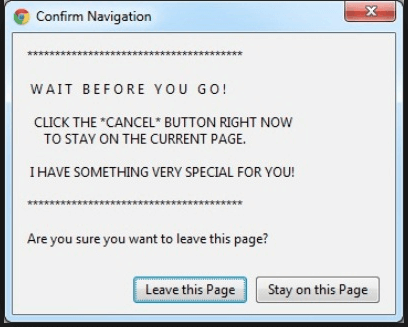 Google considers pop-ups and pop-unders as a negative user experience for Adwords users. The page has the following quote:
Google considers pop-ups and pop-unders as a negative user experience for Adwords users. The page has the following quote:
So, “what’s the big deal?” Why does AdWords care so much about pop-ups? Well, we can sum up the answer to that in three words: bad user experience. Studies (such as the ones cited in The Most Hated Advertising Techniques by Jakob Nielsen) show that users truly dislike pop-ups, pop-unders and their ilk — and (this is key to you as an advertiser) also tend to dislike sites that employ them. We want to ensure that our users have a very positive experience when they click on a relevant ad, and we suspect that you do too.
Google outright calls pop-ups and pop-unders a bad user experience. Not just a “bad experience” for people who visit via ads, but ALL cases of their use. Isn’t it safe to assume that Google considers the same thing for visitors to your site through Google? If Google thinks people hate them so much, obviously this lowers your user experience for visitors of your site, and Google would adjust your rankings lower accordingly.
Let me make a distinction between modal popups and actual popups. A modal popup is where a page shows a faded screen, and shows a graphic or text block, separate from the content on your page, which often seeks you to enter your email, or avail some offer. Google does not consider that a bad user experience, unless that modal popup is an ad to be clicked. That is the case it makes for adwords, that modal popups are ok, as long as it isn’t a clickable ad.
If your rankings are suffering, and you have an actual popup, where your page opens a new page as a new window, or opens into a new browser tab, it would be a good idea to remove that popup, and replace it with a modal popup.
Thanks for reading our Top 10 User Experience Ranking Factors list. I hope it improves your rankings! By providing a better user experience, Google will increase their traffic to your site.

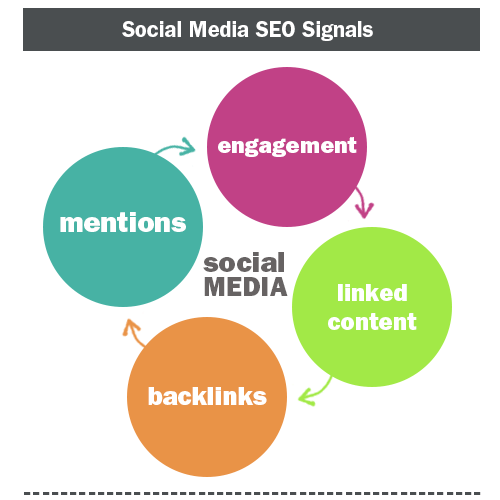
Comments